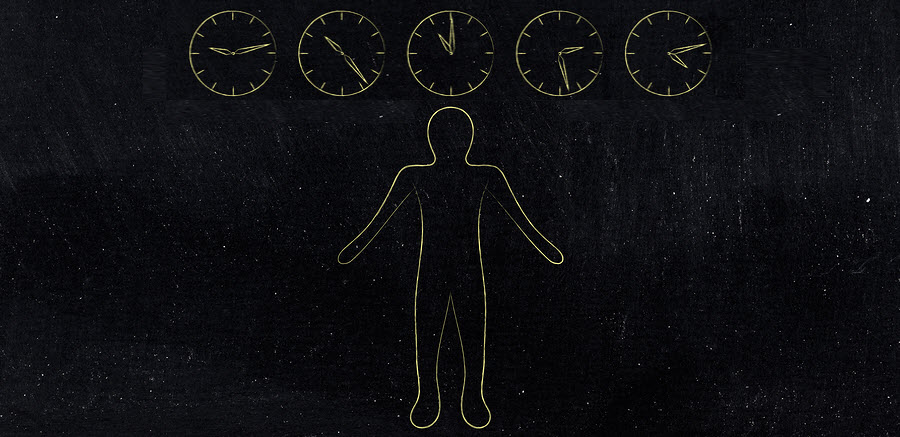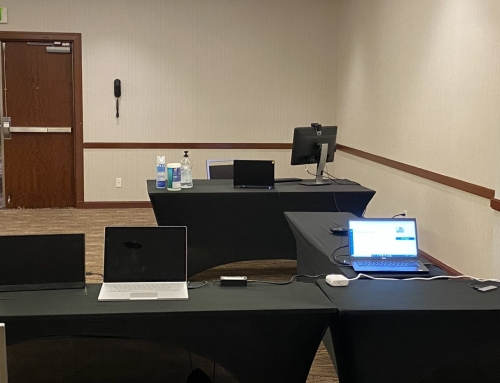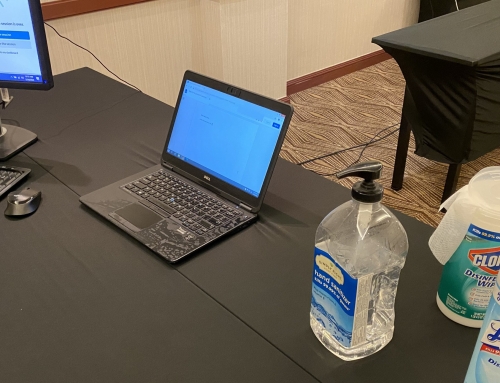When I started in user research in 1994 I was titled a “human factors engineer” although I did neither human factors as we’d understand it today nor any kind of engineering. I’ve been privileged to watch user research evolve and grow and grow and grow some more as a profession sitting under the broad umbrella of user experience or UX.
I fell into user research by happenstance, just being in the right place at the right time before there were academic programs or institutionalized learning focused on this profession.
So what has changed over the years and where are things heading?
Growth
In the 1990s, it didn’t feel like there were many of us doing “usability” without an academic focus. UPA was founded towards the beginning of that decade, and while having a heavy research focus from inception, it was small and local chapters were still a decade away.
But among those who were doing research there was a cohesive element, and to some extent, it felt like there was a very consistent way to how this research was practiced and the methods that we used.
User research gained slow recognition over time, and with the rise of “design thinking” and similar business philosophies, the profession really took off. We now live in a time when businesses—at least those that thrive—take the experiences of their customers very seriously and really do believe that it’s important to research and design for their users.
Many are new to the field
There is a lot of hiring going on for user researchers, for the most part with good salaries, great benefits, and to an ever-growing extent, corporate respect.
Simultaneously, to fill those positions, there are many people newly entering the field – many have having recently finished their academic experiences and some switching careers. On the one hand, that’s awesome to see. On the other hand, the ratio of experienced to inexperienced tips so far towards inexperienced, there simply aren’t enough mentors out there.
So those who have less experience and no mentor often end up being shaped by their environment instead of by a uniform research-oriented body of knowledge. Anecdotally, the outcome seems to be a fragmentation of not only research approaches but also of research philosophies. Not inherently a bad thing, but it feels like we’re far removed from the greater consistency of days past.
User research as a skill, not a profession?
Companies—particularly when teams are smaller—are imbuing project teams with a design philosophy. As such, even if these teams have user research skills, they don’t necessarily have user researchers specifically. Rather, the UX designers and those steeped in UX do the research. On the one hand it’s awesome that so many companies are doing user research – something I never could have imagined when starting in the field. And it’s wonderful that so many people want to be conducting that research.
But there is simultaneously a dilution of the skillset. If someone does user research as 20% of their workload, then 5 years of UX experience could include only the equivalent of 1 year of user research skills. And while it’s true that it’s not that hard to do some kind of user research by learning the appropriate methods, experience matters for research validity. It’s rare that everything always goes quite as expected, and there is often a need for on-the-fly improvisation, which takes experience to be able to handle effectively.
Additionally, when designers do research on something that they also designed, it’s very hard to be objective and there is greater opportunities for bias in the research.
Specialization
Conversely, whereas some companies see user research as a skill, not necessarily as a profession, in other cases, the research role becomes hyper-specialized.
It’s been true for a long time that very strong quantitative and qualitative skillsets were not necessarily found in the same person, although having at least a little knowledge of both has never been a bad thing.
But now we’re seeing some jobs where researchers are only focused on qualitative assessment at a certain period in the design lifecycle – for example, only ethnographic and observational research to inform the beginnings of the process, or only iterative usability testing. This can certainly build expertise in one particular area, but probably is not the best thing professionally for those who are super-specialized and also risks boredom by being forced to apply the same methods over and over.
Teams of in-house user researchers
In the past, it would have been rare for a company to hire an entire team of user researchers, but now that is often the norm at a number of mature companies. The ratio of new to experienced may still favor the new but in these situations, this team structure still allows for research leadership – someone or multiple people who are incredibly well positioned to help the research team members grow professionally.
Iterative lean research
While agile approaches to development have been popular for a while, it was still pretty rare to see agile research a decade ago. Research would still come into the design process only a finite number of times, perhaps something at the beginning and something towards the end, and maybe, just maybe, something in the middle. In other words, research got stuck in a waterfall approach while design moved on.
Now it’s way more common to consider doing iterative research in a leaner fashion such that there is no negative impact on the rest of the agile flow. For example, a single day of research could be scheduled every few weeks with participants recruited before it’s entirely clear what is being tested.
Leaner and more visual reporting
Back in the day when the academic world heavily influenced usability methods, a user research report meant a densely written paper of findings and recommendations. Gratefully, this has shifted (except, I’ve personally found, in some government-oriented and similar more traditional projects). Now it’s much more typical to have a lighter set of slides to report on findings.
It’s also more common, particularly when tied together with a lean research approach, to simply have a set of bullets and a discussion.
But that said, simultaneously, reporting has moved towards more illustrative methods (particularly as influenced by service design) so that user researchers are expected to do research that feeds into, for example, a customer journey map.
It’s nice to be wanted
Where is user research as a profession going? Is it going to continue to grow in both respect and practitioners over time? Likely so. Looking back, I felt like I happened to be in the right place at the right time to end up on the ground floor of a pretty amazing and unique profession. While perhaps not so unique as it once was, user research is still an exhilarating profession to be a part of!
Image: faithiecannoise / Bigstockphoto.com








